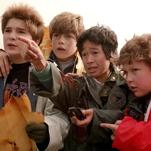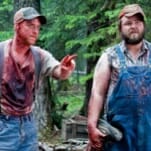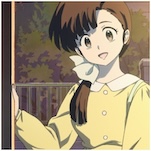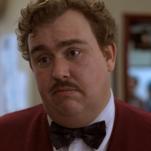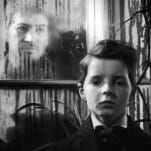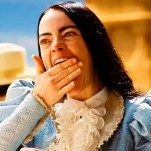48 Hours in Curaçao, a Caribbean Gem
All photos courtesy of Pixabay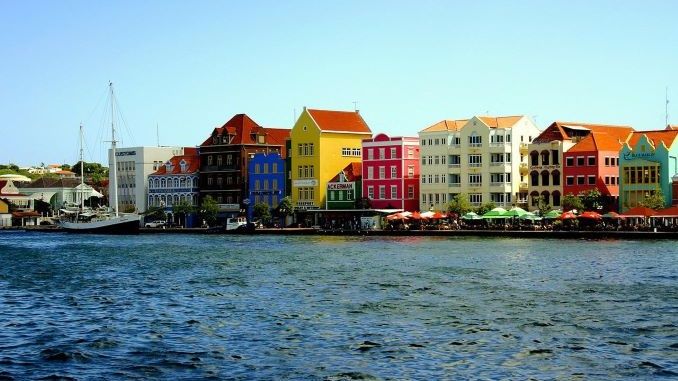
The “C” of the “A.B.C.” islands (alongside Aruba and Bonaire), Curaçao has its own incredibly unique culture, food and language. This tiny Dutch West Indies island in the Southern Caribbean Sea is one of the most intriguing islands in the Caribbean, blending Venezualan culture (from just 40 miles away) with Dutch and African culture. Known for its 17th century colonial Dutch architecture, untamed private and public beaches, native tropical wildlife, and museums, and home to the oldest synagogue in the Americas and a UNESCO World Heritage site of a capital, Curacao is a must-experience. Curaçao is said to be more European (Dutch) than Aruban, and it’s still wild, developing and far more laid back than Aruba, while Bonaire remains the least touristy of the three.
Curaçao is a long, arid, and generally flat island, stretching 38 miles southeast to northwest, so once you fly in and arrive to airport, if you’re staying at the Mangrove Beach Corendon Curaçao, you will be greeted with a rose and picked up in a vintage ‘50s Mustang, as classic cars are popular on the island. Most resorts do offer pick-up.
Corendon All-Inclusive Resort is a solid option for an all-inclusive in the capital. It has four swimming pools and a beautiful private stretch of private beach with a water swing. There are six restaurants ranging from the buffet to Italian, fresh seafood, and barbeque. There is also a cigar lounge and multiple bars, including the swim-up Coco Pool Bar, where you can grab a tropical smoothie with or without booze to enjoy by the pool or beach. It even has its own water with six water slides; the biggest and baddest, King Cobra, is a long, winding delight. You can live out your kid fantasies or take your little ones for a memorable, instagrammable, kitschy good time.
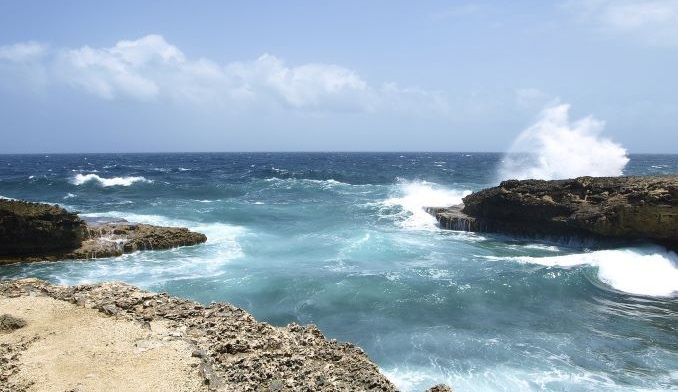
After breakfast at the buffet, start with a bus tour to scope out the island. FBTT tours of Willemstad pass by the colonial Dutch architecture and the colorful homes and vibrant street art in Skala. Then head to Christoffel National Park, the largest and most bio-diverse park on the island, for a short walk or hike. Visit the nearby Shete Boka for its crashing waves, hidden coves and limestone cliffs that are otherworldly. For gorgeous views you should stop at the Aloe Vera farm where 150,000 aloe vera plants are harvested monthly; you can purchase curaloe products that include digestible aloe and skin care and see a short demonstration of how the products are made. If time permits on the bus tour, stop at one of the biggest ostrich farms outside of Africa. If you have the time afterwards, head to Amazonia, the lost island of dreams, for a jungle experience popular with children, or the famous Curaçao aquarium to see all the wonders in one place.
-

-

-

-

-

-

-

-

-

-

-

-

-

-

-

-

-

-

-

-

-

-

-

-

-

-

-

-

-

-

-

-

-

-

-

-

-

-

-

-


































